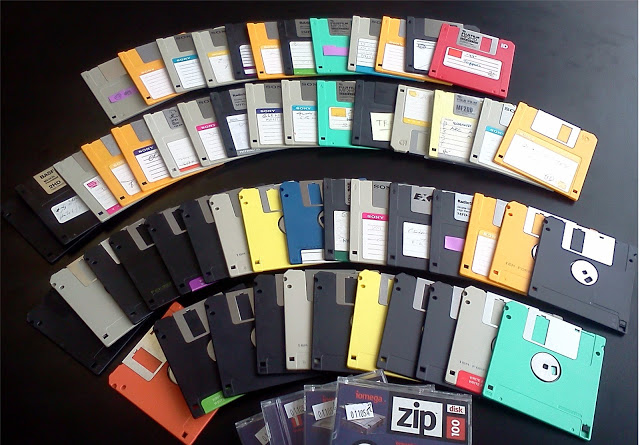Without a doubt, the financial markets drive the world economies to emerge, grow and sometimes collapse. One of the best examples of their negative influence on the world economy is 2008’s World Financial Crisis that was caused by the regional US subprime mortgage market crisis. One may ask: how could one small financial segment failure cause the entire world economy recession?
Everything is interconnected in our heavily globalized world nowadays: a small local market failure or inability to pay against liabilities may trigger a domino effect that will be able to overthrow entire financial systems. Maybe that vulnerability was the main emergence cause of a revolutionary, yet quite questionable financial tool of recent years: the crypto currency called Bitcoin.

Bitcoin became a true phenomenon, despite being something that is underscrutinised and underestimated by many even today. A currency that started off as a scientific project and was worth nothing but the cost of electricity consumed to “mine the crypto-blocks” to get it out of the complex algorithm, now it is traded for more than a $1000 for one unit. How did that happen and why? Let’s look into the history of Bitcoin.
In November 2008, at the time when the world economy was shocked by a massive stagnation provoked by the US banking crisis, a paper was posted on the internet under the name Satoshi Nakamoto titled bitcoin: A Peer-to-Peer Electronic Cash System. This paper detailed methods of using a peer-to-peer network to generate what was described as “a system for electronic transactions without relying on trust”.
In January 2009, the bitcoin network came into existence with the release of the first open source bitcoin client and the issuance of the first bitcoins, with Satoshi Nakamoto mining the first block of bitcoins ever (known as the “genesis block”), which had a reward of 50 bitcoins. The value of the first bitcoin transactions were negotiated by individuals on the bitcointalk forums and the user “laszlo” made the first real-world transaction by buying two pizzas in Jacksonville, Florida for 10,000 BTC.

Very soon the advantages of crypto currency were noticed by a number of Internet freedom and anti-establishment associations, and that gave the first impact to the popularization of the new currency. In June 2011 Wikileaks and other organizations began to accept bitcoins for donations. The Electronic Frontier Foundation began, and then temporarily suspended, bitcoin acceptance, citing concerns about a lack of legal precedent about new currency systems. The EFF’s decision was reversed on 17 May 2013 when they resumed accepting bitcoin.
In January 2012, bitcoin was featured as the main subject within a fictionalized trial on the CBS legal drama The Good Wife in the third season episode “Bitcoin for Dummies”. The host of CNBC’s Mad Money, Jim Cramer, played himself in a courtroom scene where he testifies that he doesn’t consider bitcoin a true currency, saying “There’s no central bank to regulate it; it’s digital and functions completely peer to peer”.
In October 2012, BitPay (the World’s first online Bitcoin payment operator) reported having over 1,000 merchants accepting bitcoin under its payment processing service.
In February 2013 another bitcoin-based payment processor Coinbase reported selling US$1 million worth of bitcoins in a single month at over $22 per bitcoin. The Internet Archive announced that it was ready to accept donations as bitcoins and that it intends to give employees the option to receive portions of their salaries in bitcoin currency.
Today the price of Bitcoin has breached the $1,000 mark, hitting a more than three-year high. It was trading at $1,021 at the time of publication, at level not seen since November 2013, with its market capitalization exceeding $16 billion.

Bitcoin has been on a steady march higher for the past few months, driven by a number of factors such as the devaluation of the yuan, geopolitical uncertainty and an increase in professional investors taking an interest in the asset class.
Among other factors which may have contributed to this rise were the European sovereign-debt crisis—particularly the 2012–2013 Cypriot financial crisis—statements by FinCEN improving the currency’s legal standing and rising media and Internet interest. The current all-time high was set on 17 November 2013 at US$1216.73
The success story of the world’s first crypto currency proves that the innovation penetrates all the spheres of human activity and even such a conservative and unchanged thing as a currency may be radically transformed and re-engineered in order to meet the requirements of the present day reality. Bitcoin appeared due to the instability of the financial markets and willingness to save the capital in the currency that will not be controlled by any central authority, but by the mathematical algorithm of extraction.
Once again that proves that the innovation is the driving force of technical progress. And this is something that we believe in in Falcon Technologies International. For more than a decade we never stopped to improve the technology of professional optical media production in order to be always on the top of the industry paramount.








 Falcon Technologies International LLC’s Research and Development team have created a solution that complies with the archival needs and requirements of the financial institutions and government entities. Our FalconMEDIA Century Archival CDs and DVDs with golden and platinum reflective layers showed outstanding results during the internal and third-party benchmarking tests: data stored on these professional archival discs stays accessible and integer for more than 500 years – timeframe that is enough to archive data for almost 7 future generations of the humanity.
Falcon Technologies International LLC’s Research and Development team have created a solution that complies with the archival needs and requirements of the financial institutions and government entities. Our FalconMEDIA Century Archival CDs and DVDs with golden and platinum reflective layers showed outstanding results during the internal and third-party benchmarking tests: data stored on these professional archival discs stays accessible and integer for more than 500 years – timeframe that is enough to archive data for almost 7 future generations of the humanity.

















